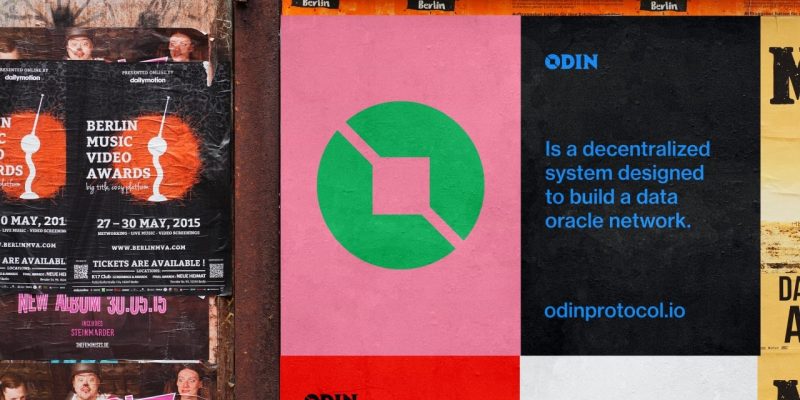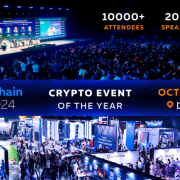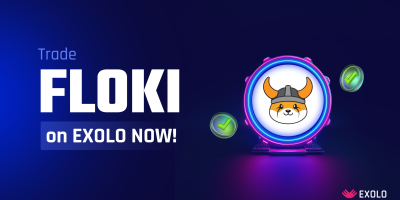The ODIN Protocol Binary Token System
The ODIN protocol implements a binary token system consisting of the native GEO and ODIN tokens. ODIN has its initial total supply capped at 100M tokens and is used to secure the network and serve as a means of payment for Data consumers; the community also uses it to participate in System Governance. ODIN applies a deflationary mechanism and 20% of all tokens will be burned, resulting in a final supply of 80m. The protocol also usesthis first token as an incentive for validators to produce new blocks and submit responses to data requests. Validators are rewarded with a 12% APR of the subsidy in each block. They also receive 100% of the fee paid by users and all the tokens received due to violations of the ODIN protocol rules. The second token, GEO, has a total supply capped at 350 million tokens and is used as payment to Data providers. GEO serves as an inflationary token that data producers and data providers can quickly obtain. The ODIN team will use an auction mechanism to buy out a certain GEO amount for the ODIN token if the data is paid and consumed in the system. Moreover, 50 million GEOs are to be distributed among data providers for about five years with an average rate of 27.400 per day. Tokens bought back by the foundation from the data acquisition transactions will be used to reward the next group of data-generating users.ODIN use cases
- Streaming of anonymized user-generated data such as location, health, consumption, mobile data & others from off-chain applications to onchain smart contracts.
- Dynamic NFT allowing to update data records within NFT from real-world data
- DeFi applications need to be fed with real-world data such as off-chain trading platforms, prices, forecasts, statistics, and various analytics.
- Betting dapps can be fed with data from the real world to bring more decentralization & fairness to the betting sector.












Comments